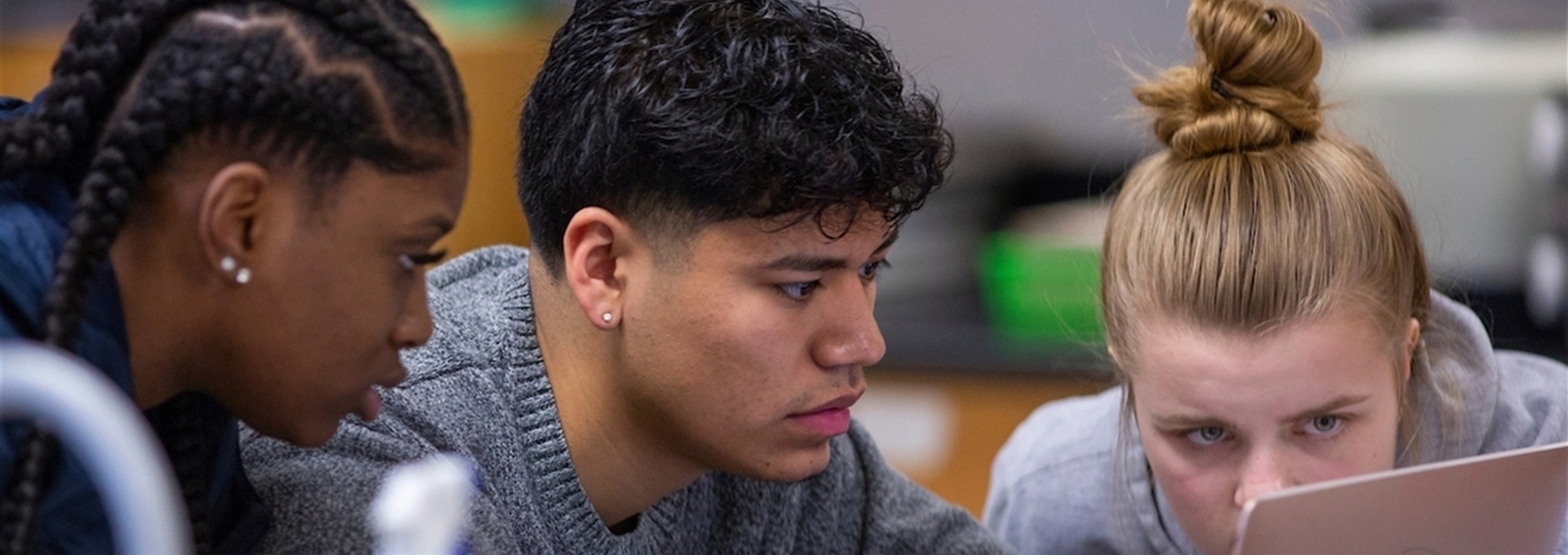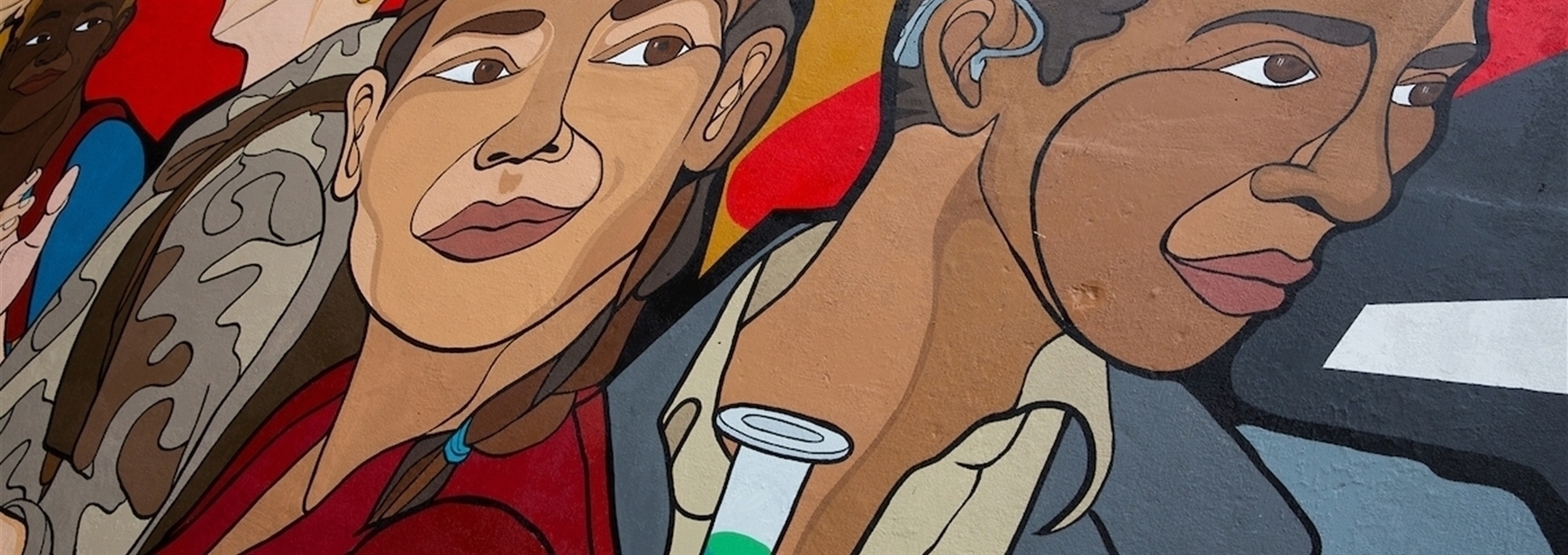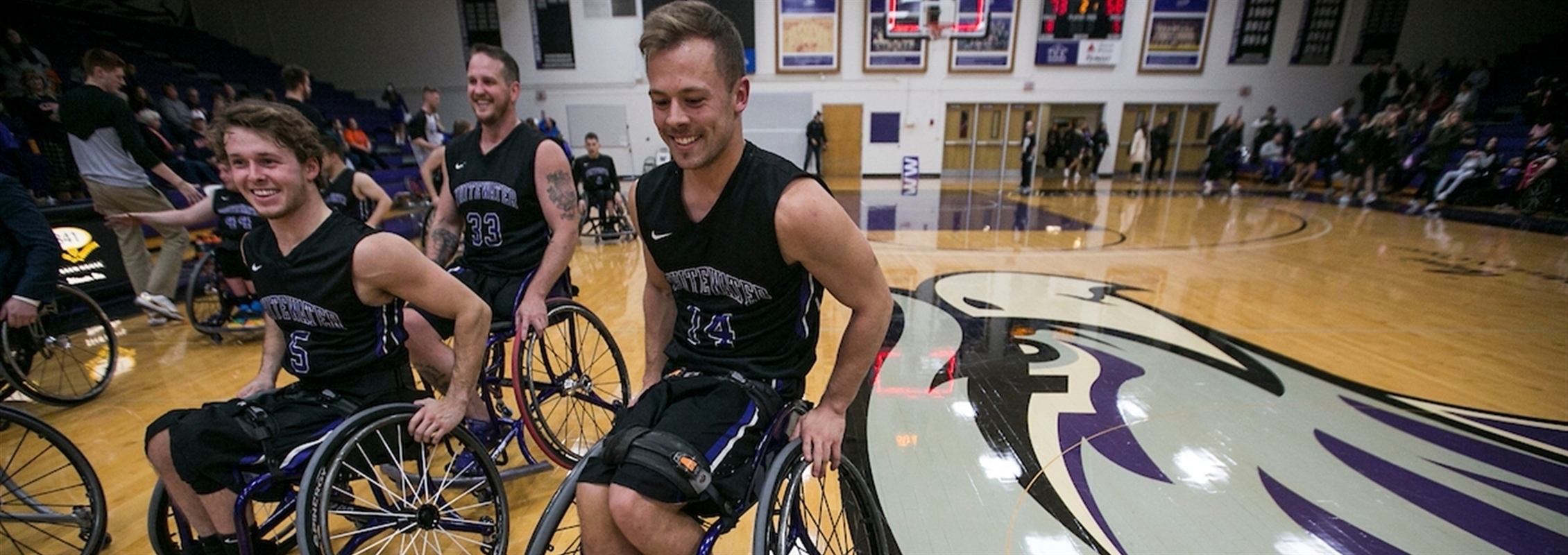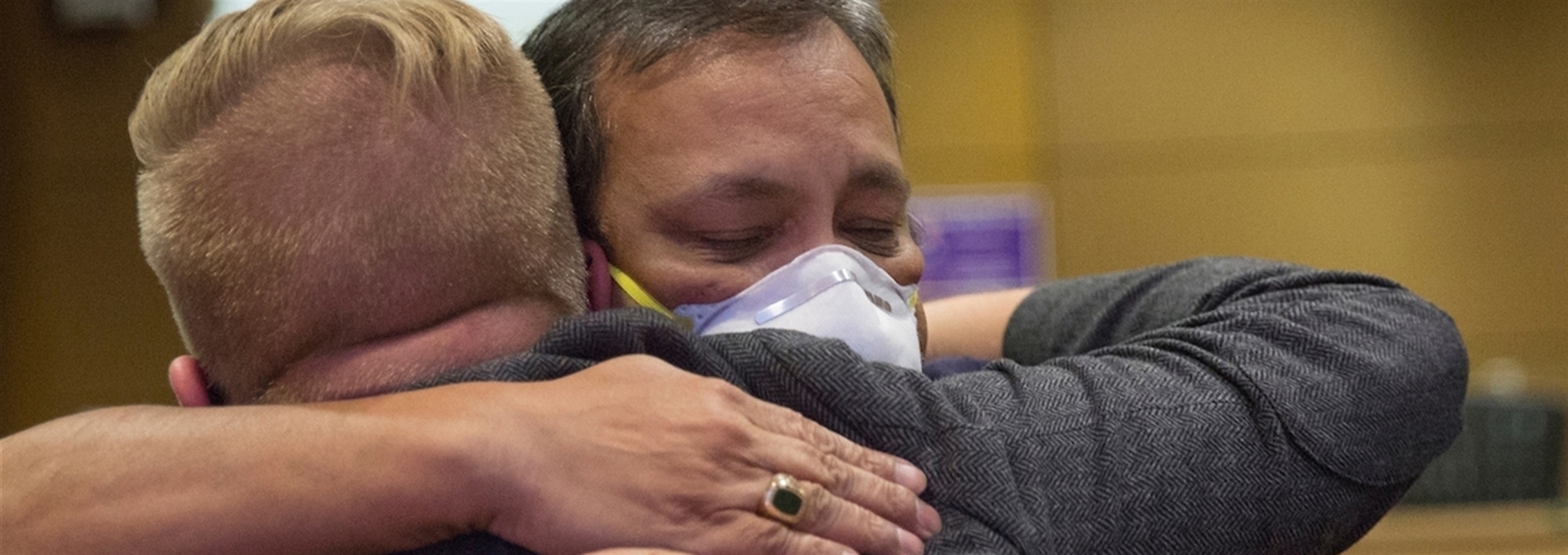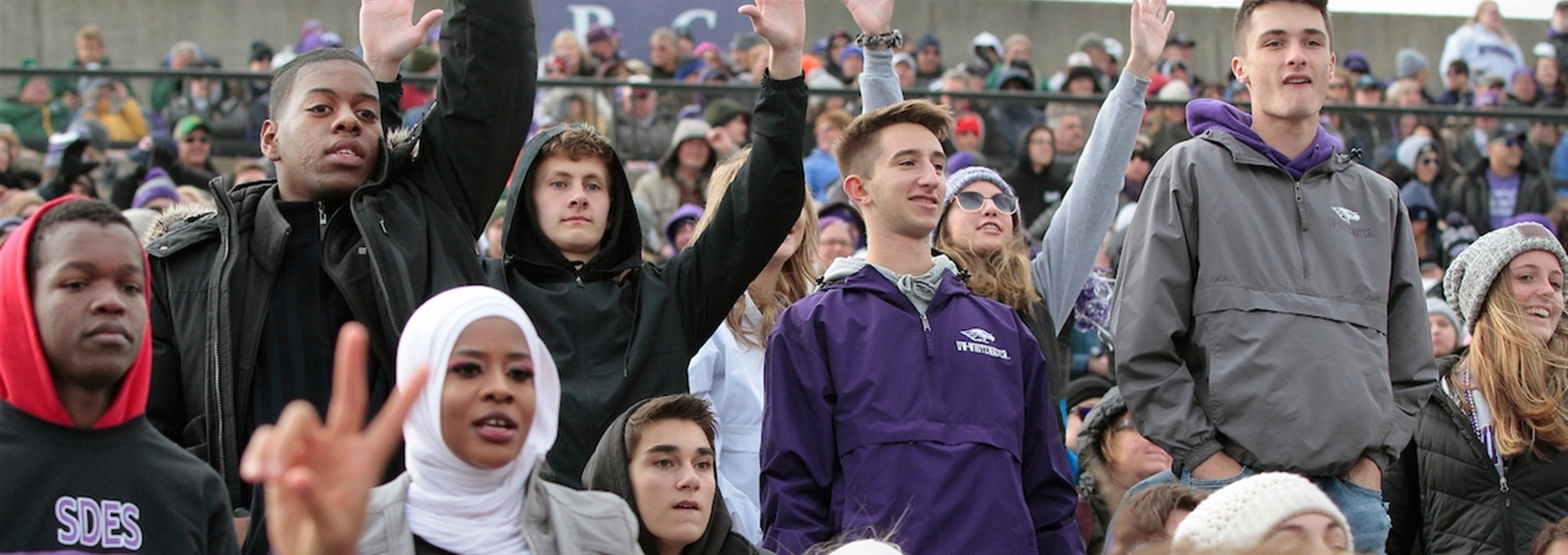Bias Incident Reporting
How can you submit a bias incident referral form at UW-Whitewater and what should you expect following a report?
Report a Bias Incident Referral Form »
What is a bias incident?
A bias incident includes any physical or verbal act that harmfully targets a person’s identity (including race, religion, gender, sexuality, disability, and more). Some bias incidents are intentionally harmful, while others are the result of unintentional implicit bias. At UW-Whitewater, we strive to create an inclusive educational environment where all students, faculty, and staff can feel they belong and have access to educational opportunities, which includes opportunities to unlearn implicit bias.
Examples of a bias incident
Examples of bias include, but are not limited to:
- Microaggressions
- Slurs and degrading language
- Hateful symbols
- Intimidation
- Harassment
- Assault
Why should you report a bias incident?
The reporting system is designed to provide support and resources to the involved parties of bias incidents impacting the UW-Whitewater community. The reporting system also allows UW-Whitewater to better monitor, understand, and respond to occurrences of bias on and off campus.
How does the process work?
Step 1: The University encourages anyone who has been a witness to – or target of – a bias-related incident to report it through the official reporting form.
Step 2: When a report is submitted, a staff member will acknowledge receipt of the report and offer to meet with the reporter to discuss next steps and connect them to resources. Reports may also be submitted anonymously, which may limit the University’s ability to respond to an incident. UW-Whitewater respects confidentiality, and only crucial or emergency information is shared to appropriate contacts.
Step 3: Responses to incidents of bias will vary depending on the severity of the event and can range from referrals to appropriate offices on campus to restorative conversations between the targeted individual and the respondent.
Step 4: If the person reporting the incident requests follow-up, the Associate Vice Chancellor of Equity, Diversity, Inclusion, and Support Services will contact them to provide support and resources.
Step 5: When the student code of conduct is violated, the Dean of Students Office begins their own investigation. When criminal activity occurs, the campus Police Department or City of Whitewater Police Department are notified and pursue their own investigation. When cases involve faculty or staff as respondents, Human Resources and Diversity works on addressing the incident or concern.
Step 6: An official log of the incident is made and published.

